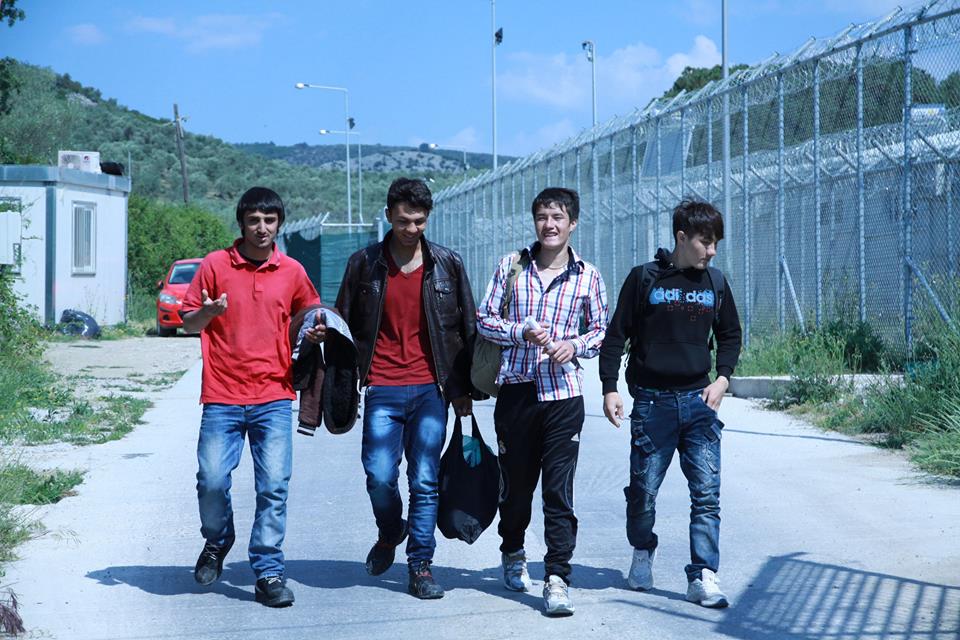 Gli olandesi Judith Zijlstra, ricercatrice, e Ramin Rasouli, fotografo, hanno prodotto un documentario fotografico sul viaggio dei migranti verso l’Europa. Il progetto si concentra maggiormente sui migranti e richiedenti asilo afghani, iraniani e siriani, e ricostruisce le vie attraverso cui essi giungono in Europa attraversandone i diversi Stati.
Gli olandesi Judith Zijlstra, ricercatrice, e Ramin Rasouli, fotografo, hanno prodotto un documentario fotografico sul viaggio dei migranti verso l’Europa. Il progetto si concentra maggiormente sui migranti e richiedenti asilo afghani, iraniani e siriani, e ricostruisce le vie attraverso cui essi giungono in Europa attraversandone i diversi Stati.
Questo progetto è cominciato sulla coste turche, da cui molti migranti tentano la traversata verso le isole greche. Judith e Ramin si sono poi diretti sull’isola di Lesbo, da cui hanno seguito un gruppo di migranti fino ad Atene. Mantenendosi in contatto con i migranti attraverso internet e i social media, i due hanno potuto seguirne la traiettoria fino in Ungheria, Germania, Svezia e Olanda.
Judith e Ramin si sono concentrati anche sul processo decisionale dei migranti nel rivolgersi a trafficanti di esseri umani e alle modalità con cui essi accedono alle informazioni durante il lungo viaggio.
Questo progetto è stato reso possibile da IMES (Institute for Migration and Ethnic Studies) dell’Università di Amsterdam.
"Transit bridge" – a photo documentary on Afghan migrants in Greece from Judith Zijlstra on Vimeo.
Questo documentario fotografico cominciato nel maggio 2015 segue il viaggio di quattro minori non accompagnati dall’Afghanistan, attraverso la Turchia e la Grecia, fino agli Stati dell’Europa nordoccidentale.
Researcher Judith Zijlstra and photographer Ramin Rasouli from the Netherlands made a photo-documentary on migrants’ journey to Europe. The project mainly focused on Afghan, Iranian and Syrian migrants and asylum seekers, and mapped the ways in which they travelled onwards between various European countries.
The project started at the Turkish sea coast, where many migrants try to cross to one of the Greek islands. Afterward Judith and Ramin travelled to the island Lesbos, from where they followed a group of migrants up until the capital Athens. They kept in touch with the migrants through internet and social media and followed their trajectories up to Hungary, Germany, Sweden and the Netherlands.
Migrants’ decision making concerning the use of human smugglers and their access to information sources during the journey was an additional focus during the project.
This project is made possible by IMES (Institute for Migration and Ethnic Studies) of the University of Amsterdam.






